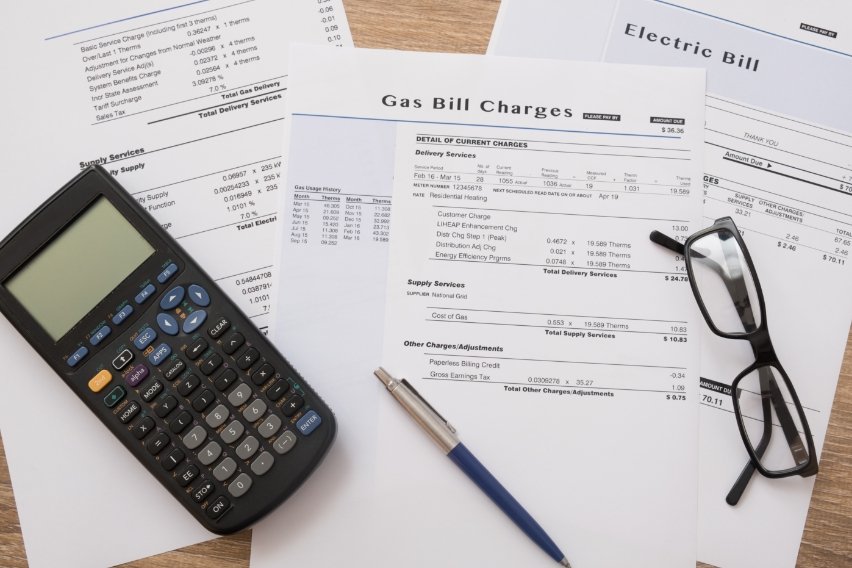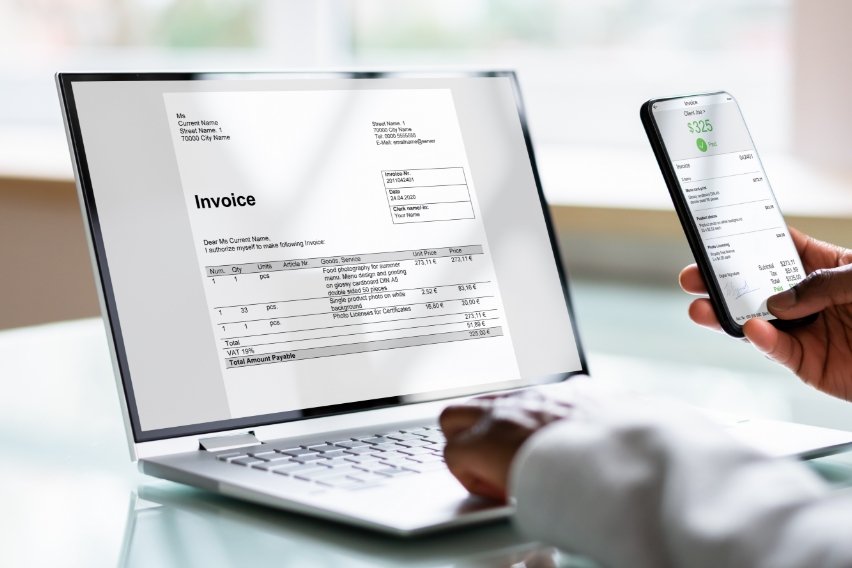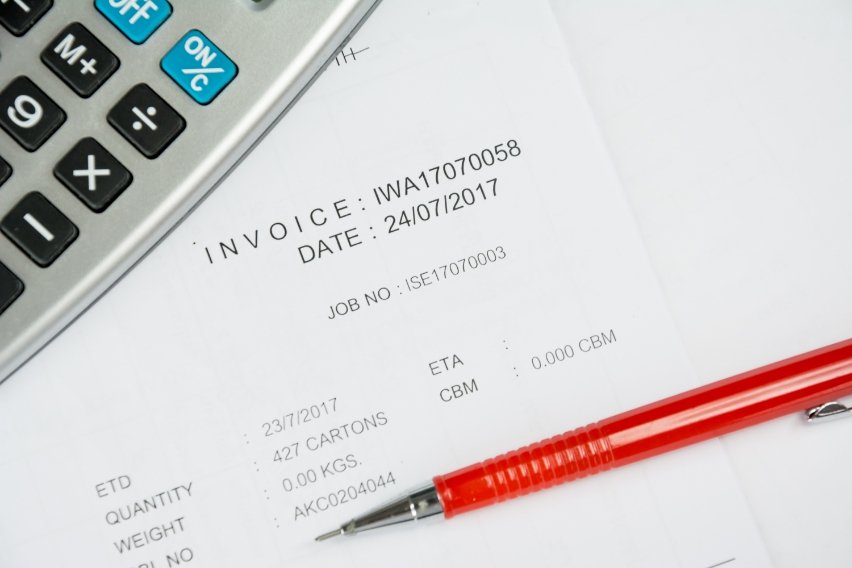Consolidated Invoicing: Definition & How to Create One

If you’re running a business, you know how important it is to keep track of your invoices. But a challenge arises if you have many vendors and suppliers. The effort involved in creating and tracking all those invoices can be tedious. It also takes a lot of time.
It’s hard to stay on top of your finances when you’re spending hours on admin tasks like invoicing. Not to mention, there’s always the risk of making mistakes that could cost you revenue.
This is where consolidated invoicing comes in. In this article, we’ll discuss consolidated invoicing. We’ll examine how it works, and how it can generate revenue for your business.
Table of Contents
What Is Consolidated Invoicing?
How to Create a Consolidated Invoice
Example of a Consolidated Invoice
Consolidated Invoicing Benefits
What Is Consolidated Invoicing?
Consolidated invoicing is the process of combining several invoices into one. This makes it easier to track revenue and manage expenses more efficiently.
You achieve the following by consolidating outstanding bills into a single invoice:
- Reduce overhead costs associated with tracking individual payments
- Save time spent on data entry and reconciliation
- Free up resources for other vital tasks
The consolidated invoicing process begins when the vendor or supplier sends an invoice for goods or services bought. The invoice is then sent to the customer for approval. It’s then entered into the consolidated system.
Once approved, the invoice gets combined with any other pending bills from other vendors or suppliers. This process creates one large invoice which is then sent to the customer for payment. The customer then makes a single payment in one easy transaction. Thus, they avoid having to spend time tracking many small subscription payments.

How to Create a Consolidated Invoice
Invoice consolidation requires some preparation work. After preparation, you start entering data into an invoicing software program such as FreshBooks. Here are the steps needed:
Step 1: Determine the Billing Cycle
Determining the cycle for when invoices are due is the first step.
Base this on your business’s specific needs. Plus, consider the terms outlined in any contracts with customers or suppliers.
Some businesses might choose to bill every month. Others may opt for a quarterly or annual billing cycle. The length of the billing cycle should factor in how often your customers/suppliers need to receive an invoice. It also determines how quickly they need to pay invoices. Additionally, you should put a system in place that ensures that all invoices get sent out at their designated times, without fail.
Step 2: Keep Detailed Records
You must keep records of all invoices sent out and payments received when creating consolidated invoices. This will help ensure accuracy when adding up costs. It also provides extra security if any discrepancies arise after payment.
It’s important to document each separate transaction as thoroughly as possible. Include the following information:
- Customer name
- Date of purchase/payment
- The amount owed/paid
- Any applicable taxes or fees associated with the transaction
Step 3: Write Up Your Consolidated Invoice
Next, determine your billing cycle and log detailed transaction records. With those details, you can write up consolidated invoices. The invoices summarize all purchases made by a customer or supplier over a given period. This makes it easier for both parties to keep track of purchases. Payment due dates are also listed together in one document.
Be sure to include all the information needed for each transaction, such as:
- Item names
- Quantities bought/sold
- Unit prices
- Tax rates
With FreshBooks, consolidated invoicing is a simple process. Freshbooks helps you to eliminate the need to create too many invoices. You can choose from many customizable invoice templates that provide the details for a professional invoice. You can do this regardless of how many purchases you’ve invoiced.
Best of all, you can generate invoices online whenever you’re connected. You don’t have to worry about missing payments due to a lack of manpower or misplaced paperwork.
Example of a Consolidated Invoice
We can illustrate consolidated invoicing with a simple example. Imagine a customer buys a subscription product. Then, they subscribe to extra services.
For example, assume a company offers subscriptions for three products – 1, 2, and 3. On June 18th, a customer pays for product 1, with the subscription set for renewal on the 18th of every month. On the 23rd and 25th of June, they buy products 2 and 3 respectively.
The business can group the three subscriptions into one invoice for July 18th. That’s because the invoices involve a single client. The company must do this on a prorated basis. Prorating accounts for each subscription having a different renewal date. This prorating lasts until the first renewal. After, the subscriptions can get billed on the same day.
Consolidated Invoicing Benefits
Streamlined Payment Processes
Consolidated billing helps streamline revenue processes. You can take payments from many subscriptions or purchases in one invoice. This reduces the administrative burden of creating individual invoices. Thus, it’s especially useful for long-term projects for a single client. The finance team doesn’t have to track several pending bills for weeks or months.
Consolidated billing also reduces the cost associated with payment processing. This allows customers to process all payments in a single transaction. That means they don’t have to track several smaller purchases. The process becomes more efficient, reducing labor hours and overhead costs.
Improved Cash Flow Management
Consolidated invoicing can help improve cash flow management. That’s because you’re not sending a separate invoice for each order.
Combining all individual payments into a single invoice offers two key benefits. It makes customers more likely to pay on time as it is more convenient for them. This helps the business to focus on expenses and increase financial stability.
Enhanced Customer Retention
Consolidated invoicing allows your business to improve customer relationships while streamlining billing processes. Plus, it makes it easy for customers to view and manage their transaction history in one place. This results in a better experience that boosts customer retention over time.
Consolidated invoices help make bills easier to understand. Customers can stay up-to-date on their account balance at any given time. This results in fewer missed payments.
Freshbooks allows freelancers and small business owners to simplify creating and sending invoices. This, in turn, allows them to capture payment from customers quickly. Thus, clients stay on track with payments and don’t become delinquent. Furthermore, standardized invoice templates create space for all the necessary information. They also ensure all customer interactions remain consistent and professional.

Key Takeaways
Consolidated invoicing combines multiple invoices into one invoice. This can be done manually or with accounting software. It has many benefits, including improved cash flow management, a more convenient billing process, fewer delayed payments, lower administrative costs, and improved vendor relations.
Thanks to modern automated accounting systems like FreshBooks, it’s easy to consolidate invoices. Select the transactions you wish to include and enter the details. These include the desired payment method. You can then print the invoice for physical delivery or send it off via email.
FAQs on Consolidated Invoicing
What is the difference between consolidated and combined returns?
Consolidated returns get reported for a business as a whole. In contrast, combined returns get reported for each product that is part of the company.
What is a consolidated payment?
A consolidated payment is a single payment that covers several smaller payments.
What are consolidated receivables?
A consolidated receivable is a receivable that’s combined with other receivables. This combination reduces the number of accounts that a company needs to manage.
RELATED ARTICLES

 Usage-Based Billing: An Extensive Guide
Usage-Based Billing: An Extensive Guide Prorated Billing: What It Is and How Does It Work?
Prorated Billing: What It Is and How Does It Work? Quote vs Invoice: What’s the Difference?
Quote vs Invoice: What’s the Difference? What Is Progress Invoicing & How Does It Work?
What Is Progress Invoicing & How Does It Work? 3-Way Matching: Definition & How It Works
3-Way Matching: Definition & How It Works Proforma Invoice vs Commercial Invoice: What’s The Difference?
Proforma Invoice vs Commercial Invoice: What’s The Difference?